Probiotics could be used as an effective treatment strategy for certain intestinal diseases, such as Crohn’s disease. Researchers reporting in ACS Central Science have developed a microgel delivery system for probiotics that keeps “good” bacteria safe while actively clearing out “bad” ones.
Tag: Chemistry
BGSU researchers develop ‘green chemistry’ method to recycle, upcycle silicone
Pioneering research out of Bowling Green State University is aiming to keep silicone out of landfills through an innovative process designed to recycle or upcycle the popular consumer product.
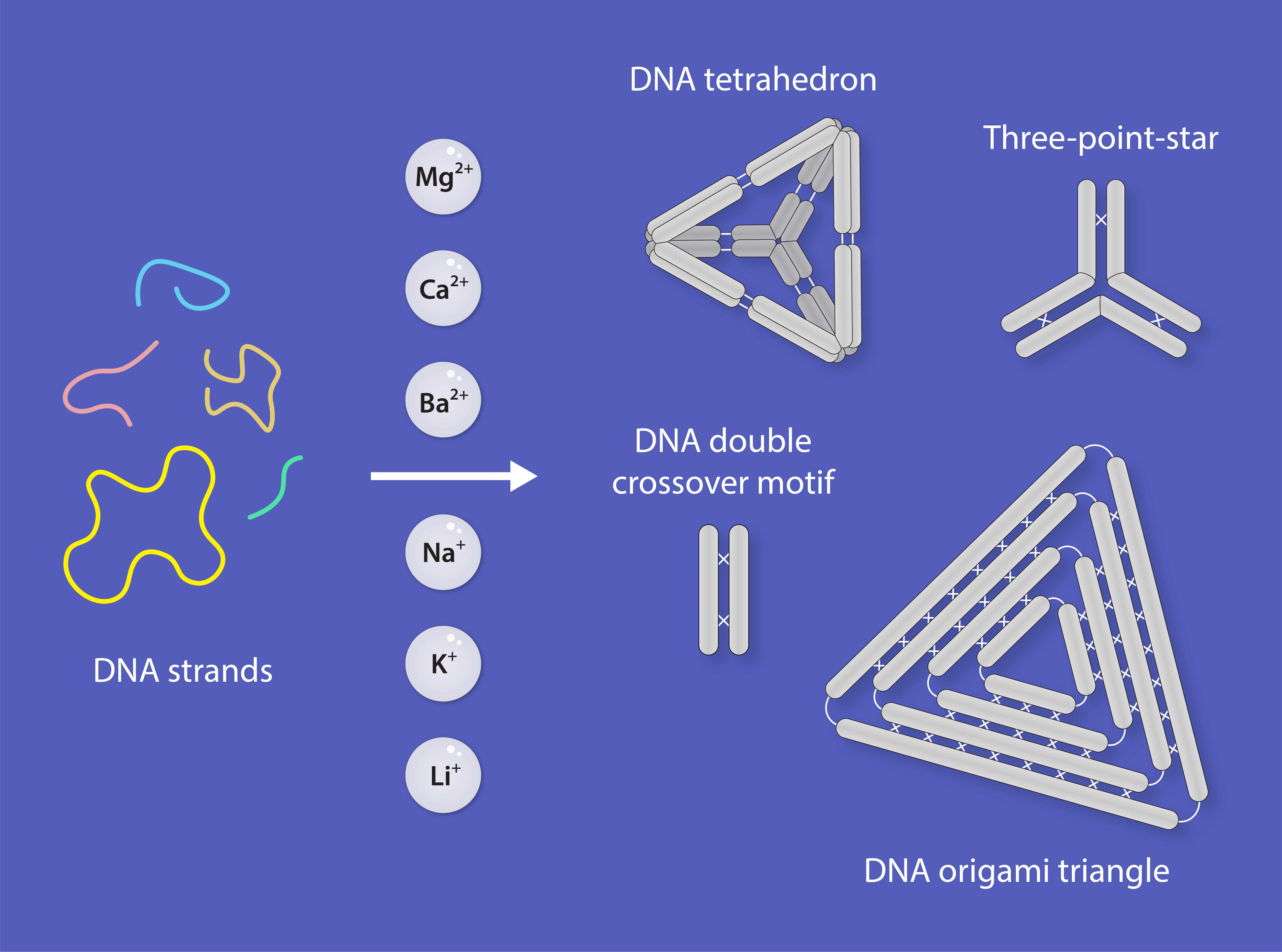
RNA Institute Researchers Advance DNA Nanostructure Stability
Researchers at the University at Albany’s RNA Institute have demonstrated a new approach to DNA nanostructure assembly that does not require magnesium. The method improves the biostability of the structures, making them more useful and reliable in a range of applications.
Baylor Chemist-led Study Leads to Scientific Journals Changing Guidelines
Elemental Analysis is so widely adopted that chemistry journals require this technique to publish any new compound. The standard of the value obtained being plus or minus of 0.4% of the formula value for a compound, as determined by elemental analysis, but is this long-accepted +/-0.4% standard accurate? Depending on the nature of the compound, element assessed, and identity of the trace impurities, the +/-0.4% requirement could be too high or too low, and that intrigued an international research team led by a Baylor University chemistry professor to conduct the first-ever review of the validity of the standard.
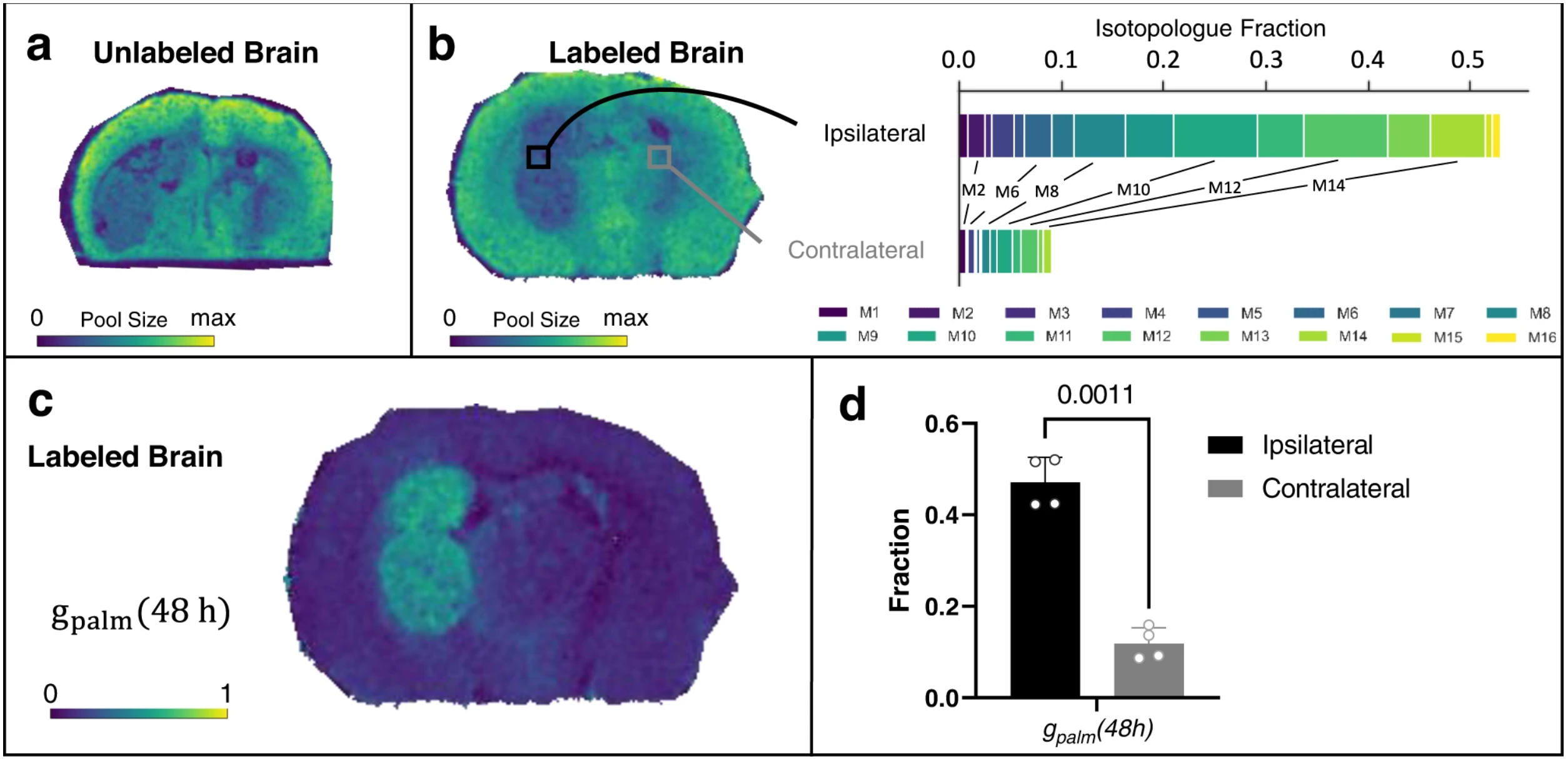
Cancer cells rev up synthesis, compared with neighbors
Tumors are composed of rapidly multiplying cancer cells. Understanding which biochemical processes fuel their relentless growth can provide hints at therapeutic targets. Researchers from Washington University in St. Louis have developed a technology to study tumor growth in another dimension — literally. The scientists established a new method to watch what nutrients are used at which rates spatially throughout a tissue.
Using AI to create better, more potent medicines
While it can take years for the pharmaceutical industry to create medicines capable of treating or curing human disease, a new study suggests that using generative artificial intelligence could vastly accelerate the drug-development process.
Plasma electrochemistry offers novel way to form organic chemical bonds
Plasma engineers and chemists at the University of Illinois demonstrated a sustainable way of forming carbon-carbon bonds — the bedrock of all organic compounds — without expensive rare metals that are typically required as catalysts.
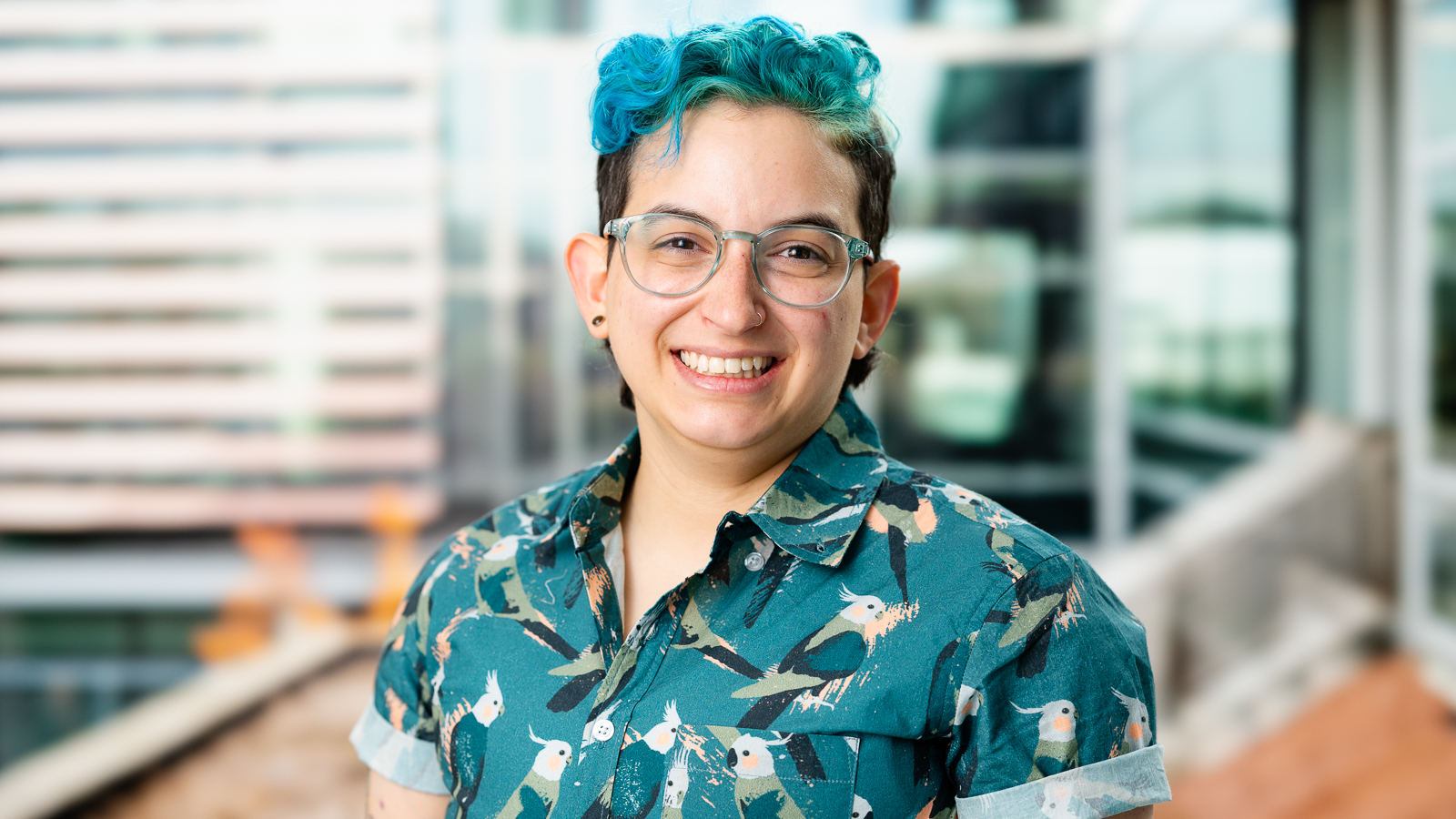
Liz Laudadio is developing durable materials for clean energy
Liz Laudadio, a Walter Massey Fellow at Argonne National Laboratory, describes their research aimed at coatings to prevent corrosion of materials in settings like nuclear reactors.
Talented 12: Chemical & Engineering News announces its 2023 rising stars in chemistry
Chemical & Engineering News (C&EN), an independent news outlet of the American Chemical Society (ACS), has unveiled its annual “Talented 12” list. The list highlights early-career researchers in the chemical sciences who are fearlessly tackling difficult global problems.
Chemists Unravel Reaction Mechanism for Clean Energy Catalyst
Chemists at the University of Kansas and Brookhaven National Laboratory have unraveled the entire reaction mechanism for a key class of water-splitting catalysts. Their work could help pure hydrogen be produced from renewable energy sources such as solar power.
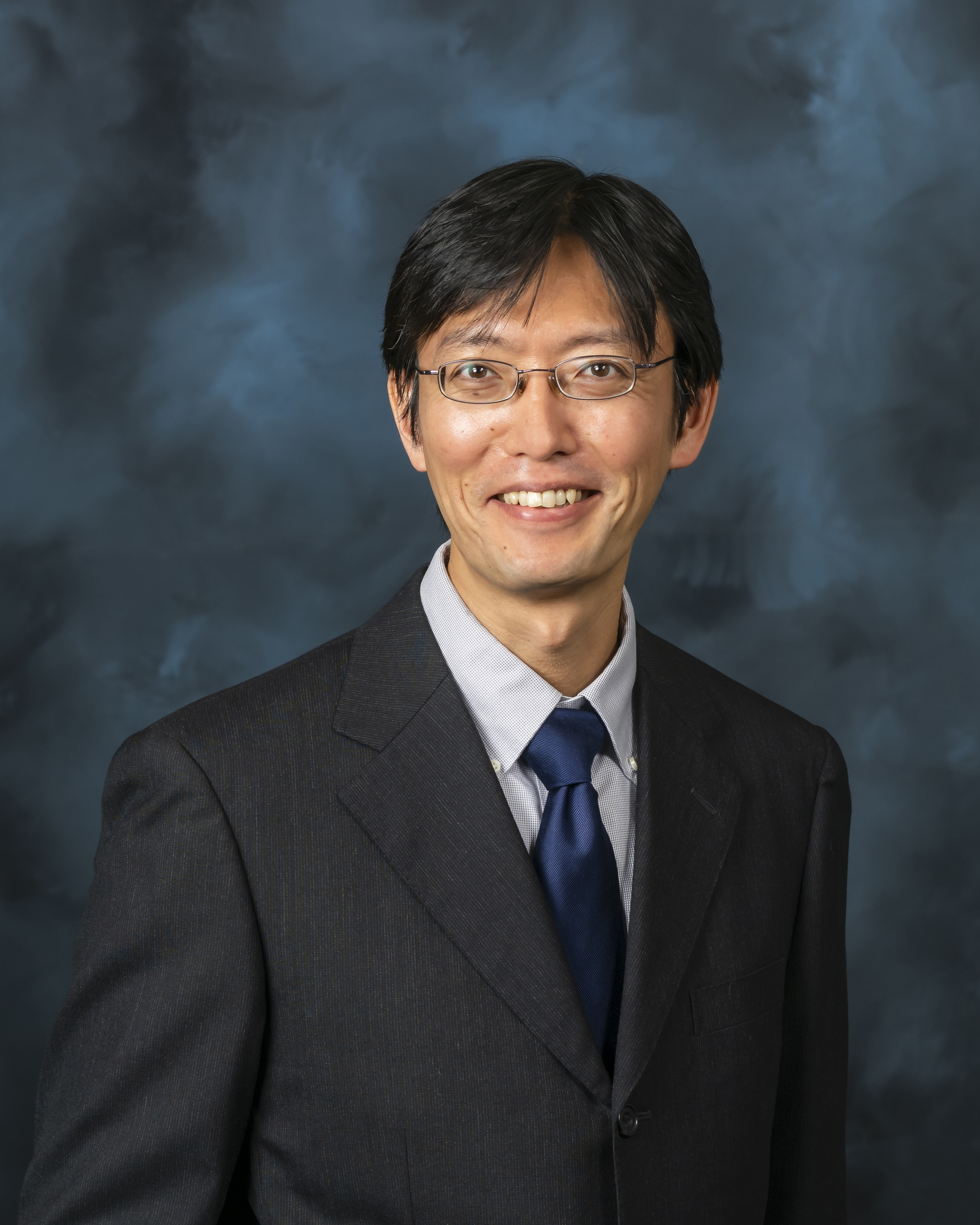
ORNL inventor Tomonori Saito honored at Battelle Celebration of Solvers
Tomonori Saito, a distinguished innovator in the field of polymer science and senior R&D staff member at the Department of Energy’s Oak Ridge National Laboratory, was honored on May 11 in Columbus, Ohio, at Battelle’s Celebration of Solvers.
Degrading viral RNA to treat SARS-CoV-2 infection
Researchers reporting in ACS Central Science have now developed a system that directly targets and degrades the SARS-CoV-2 viral RNA genome, reducing infection in mice. The method could be adapted to fight off many viruses, as well as treat various diseases.
Meet the Autonomous Lab of the Future
To accelerate development of useful new materials, researchers at Berkeley Lab are building a new kind of automated lab that uses robots guided by artificial intelligence. A-Lab will rapidly test whether materials that have been computationally predicted can be made in reality. The lab’s vision is to use AI to discover materials of the future, starting with a focus on materials for batteries and energy storage.
Testing vaccine candidates quickly with lab-grown mini-organs
Researchers reporting in ACS Central Science have developed a new testing platform that encapsulates B cells — some of the most important components of the immune system — into miniature “organoids” to make vaccine screening quicker and greatly reduce the number of animals needed for testing.
Toward a safer ‘artificial muscle’ material
Some polymers can expand and contract — acting like artificial muscles — but only when stimulated by high voltages. Researchers in ACS Applied Materials & Interfaces report a series of thin, elastic films that respond to lower electrical charges, representing a step toward artificial muscles.
Andrew Ullman, Wigner Fellow, gets a charge out of batteries
As a Distinguished Staff Fellow in the Chemical Sciences Division focused on energy storage and conversion, Andrew Ullman of Oak Ridge National Laboratory is using chemistry to devise a better battery.
How Argonne is pushing the boundaries of quantum technology research
With its Department of Energy National Quantum Information Science Research Center (Q-NEXT) and its quantum research team, Argonne is a hub for research that could change the way we process and transmit information.
Newly revealed properties of melanin ‘ingredient’ could advance bioelectronics
After nearly a century of scientific inquiry, scientists have at last been able to characterize a key component in the substance responsible for giving countless living organisms their color.
Scientists discover a way Earth’s atmosphere cleans itself
Irvine, Calif., April 7, 2023 — Human activities emit many kinds of pollutants into the air, and without a molecule called hydroxide (OH), many of these pollutants would keep aggregating in the atmosphere. How OH itself forms in the atmosphere was viewed as a complete story, but in new research published in Proceedings of the National Academy of Sciences, a research team that includes Sergey Nizkorodov, a University of California, Irvine professor of chemistry, report that a strong electric field that exists at the surface between airborne water droplets and the surrounding air can create OH by a previously unknown mechanism.
Chemist makes insect wing discovery that could advance technology
The key to insect success may be their wings. That’s what West Virginia University researcher Terry Gullion, professor of chemistry in the WVU Eberly College of Arts and Sciences, has learned by studying the chemical composition of insect wings — something that has not been examined in detail until now.
Hemp or Marijuana? Forensic Chemist Receives Federal Funding for Rapid Test
The U.S. Department of Justice is supporting the Musah Lab at the University at Albany with a $401,988 grant to develop and validate the test through December 2024.
BIGTUNA Bioimaging Tool Helps Researchers See Small
A new nano-optical bioimaging technology in development at PNNL enables researchers to watch climate-bellwether microbes exchange metabolites and other essential signals.
What can we do about all the plastic waste?
The Institute for the Cooperative Upcycling of Plastics (iCOUP) is helping to address the plastic waste accumulation problem by developing the science needed to turn used plastic into valuable materials.
Fermented coffee’s fruity aromas demystified
Fermentation could bring a fruity taste to your morning cup of coffee. This new beverage has a raspberry-like taste and aroma, but what causes this has been a mystery. Today, scientists report six compounds that contribute to the unique experience. They will present their results at ACS Spring 2023.
ACS Spring 2023 Media Briefing Schedule
Recordings of media briefings will be posted by 10 a.m. Eastern Time on each day. Watch recorded media briefings at: www.acs.org/ACSSpring2023briefings.
Obesity treatment could offer dramatic weight loss without surgery or nausea
Imagine getting the benefits of gastric bypass surgery without going under the knife. A new class of potential treatments has done that in lab animals, reducing weight dramatically and lowering blood glucose without side effects, scientists report. They will present their results at ACS Spring 2023.
Pulsing ultrasound waves could someday remove microplastics from waterways
Colorful microplastics — less than 5 mm wide — drift along under the surface of most waterways. Now, a team reports a two-stage device made with steel tubes and pulsing sound waves to remove these potentially harmful particles from water samples. They will present their results at ACS Spring 2023.
Is it COVID-19 or the flu? New sensor could tell you in 10 seconds
Scientists report using a single-atom-thick nanomaterial to build a device that can simultaneously detect the presence of the viruses that cause COVID-19 and the flu — at much lower levels and much more quickly than conventional tests for either. They will present their results at ACS Spring 2023.
Marijuana-derived compounds could reverse opioid overdoses
Naloxone can reverse potentially fatal overdoses, but it’s less effective against powerful fentanyl. To develop alternatives, researchers are looking to a component of marijuana, CBD. They will present their results at ACS Spring 2023.
Modern origami method creates glass shapes by folding
Chemical engineers have extended the ancient art of origami to produce intricate shapes made of glass or other hard materials. Their method, which can be combined with 3D printing, could have applications ranging from sculpture to catalysis. They will present their results at ACS Spring 2023.
Human cells help researchers understand squid camouflage
Squids and octopuses are masters of camouflage. And now, researchers have replicated the tunable transparency of squid skin in mammalian cells. The work could shed light on basic squid biology and lead to better ways to image cells. They will present their results at ACS Spring 2023.
A puff of air could deliver your next vaccine (video)
Needles are an uncomfortable but necessary aspect of vaccination. But today, scientists report steps toward an alternative, relatively painless method that can deliver biological materials to cells by “shooting” them in with air. They will present their results at ACS Spring 2023.
New ways to measure curls and kinks could make it easier to care for natural hair
Black women and others with curly or kinky hair encounter a confusing array of haircare options. Now, scientists are identifying hair properties that could help users pick the perfect product and achieve consistent results. They will present their results at ACS Spring 2023.
Two meteorites are providing a detailed look into outer space
Meteorites can be used to peek back in time or at the earliest forms of life. Today, scientists report results of the most detailed analyses yet on the organic material of two meteorites. They will present their results at ACS Spring 2023.
Colorful films could help buildings, cars keep their cool
Air conditioners require a lot of energy and can leak greenhouse gases. Today, scientists report an eco-friendly alternative — a plant-based cooling film with many textures and iridescent colors that could someday keep buildings and cars cool. They will present their results at ACS Spring 2023.
What do the elements sound like? (video)
In chemistry, we have He, Fe and Ca — but what about do, re and mi? By converting the visible light given off by each element into soundwaves, a researcher has produced unique, complex sounds. It’s the first step toward a musical periodic table. He will present his results at ACS Spring 2023.
ACS Spring 2023 media briefings
Recorded media briefings from the spring meeting of the American Chemical Society (ACS), ACS Spring 2023, will be accessible starting on Monday, March 27, by 10 a.m. ET here: www.acs.org/acsspring2023briefings.
Pesticide Contaminants in Water Test Kit, an Innovation from Chula for Safe and Sustainable Agriculture
Farmers in Thailand still largely use chemical herbicides, especially paraquat and atrazine, to control weeds on their farms. According to research by the Office of Agricultural Economics, in 2019, Thailand imported almost 10 million kilograms of paraquat and close to 3.5 million kilograms of atrazine. The residues of these herbicides cause harm to the environment, living creatures, and our health.
‘Glow-in-the-dark’ proteins could help diagnose viral diseases
Many highly sensitive diagnostic tests for viral diseases still require complicated techniques. But now, a team reporting in ACS Central Science has developed a sensitive method that analyzes viral nucleic acids quickly and can be completed in one step with “glow-in-the-dark” proteins.
Just add water: How diluting ouzo liquor could lead to better emulsions
Add water to ouzo liquor, and it turns cloudy. This “ouzo effect” is an example of an easy way to make highly stable emulsions but nobody has yet fully understood how it works. Now, researchers report in ACS Central Science that the secret may lie in the unique structure of the emulsion’s droplets.
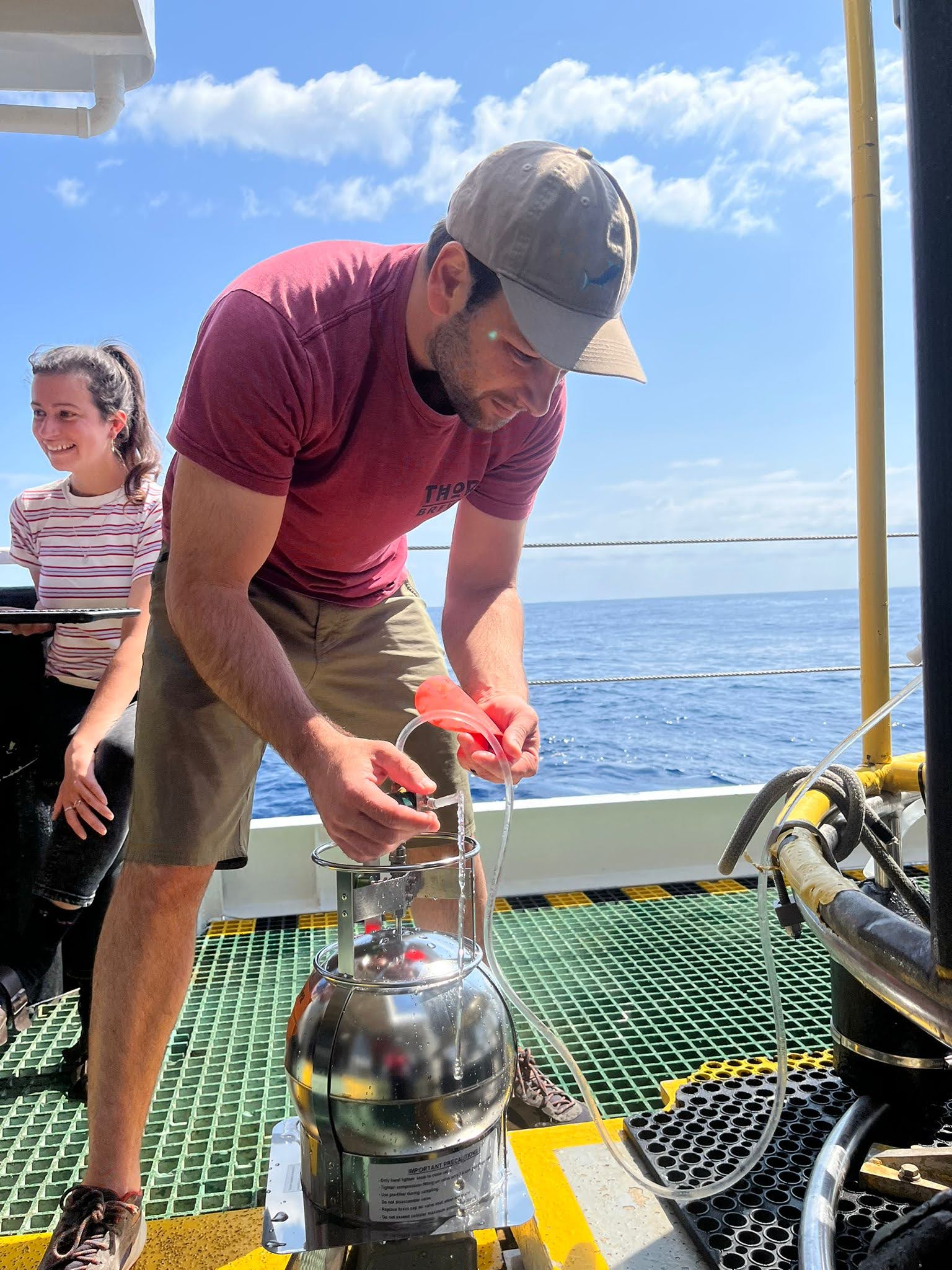
A Better Understanding of Gas Exchange Between the Atmosphere and Ocean Can Improve Global Climate Models
The injection of bubbles from waves breaking in turbulent and cold high-latitude regions of the high seas is an underappreciated way in which atmospheric gases are transported into the interior ocean. An improved mechanistic understanding of gas exchange in high latitudes is important for several reasons, including to better constrain climate models that are used to predict changes in the ocean inventory of key gases like oxygen and carbon dioxide.
Toilet paper is an unexpected source of PFAS in wastewater, study says
Sewage can provide information on potentially harmful compounds, such as per- and polyfluoroalkyl substances (PFAS), that get released into the environment. Now, researchers in Environmental Science & Technology Letters report an unexpected source of these substances in wastewater — toilet paper.
Degrading modified proteins could treat Alzheimer’s, other ‘undruggable’ diseases
A new technique that targets and breaks apart certain proteins — rather than just interfering with them — may offer a pathway toward treatment of Alzheimer’s disease. Researchers reporting in ACS Central Science have designed a compound that breaks down a protein closely associated with the disease.
Scientists warn: When restoring historical paintings, be careful with polar solvents
Even small amounts of water can lead to rapid formation of metal soap crystals in historical oil paintings.
Mapping DNA damage from exposure to a compound in cigarette, industrial smoke
A compound found in cigarette and industrial smoke, benzo(a)pyrene (BaP), is known to damage DNA. Now, researchers reporting in ACS Central Science have mapped these effects for the first time in human lung cells after BaP exposure, which could help predict exposures that lead to cancers.
How Earth’s molecules got their “handedness”
Scientists from The Ohio State University have a new theory about how the building blocks of life – the many proteins, carbohydrates, lipids and nucleic acids that compose every organism on Earth – may have evolved to favor a certain kind of molecular structure.
Internships help students create prototypes for career success
Argonne’s Rapid Prototyping Laboratory is a testing ground for new ideas and new careers in autonomous discovery. Undergraduate and graduate student interns are learning how to automate lab work using robotics and artificial intelligence.
How a Record-Breaking Copper Catalyst Converts CO2 Into Liquid Fuels
Since the 1970s, scientists have known that copper has a special ability to transform carbon dioxide into valuable chemicals and fuels. But for many years, scientists have struggled to understand how this common metal works as an electrocatalyst, a mechanism that uses energy from electrons to chemically transform molecules into different products.
Detecting rapidly mutating bacteria and viruses with AutoPLP
Researchers reporting in ACS Infectious Diseases have developed a procedure that could help researchers catch up to microbes which can rapidly mutate and evade detection and treatment. Their “AutoPLP” technique designs nucleic acid probes to detect new variants quickly, accurately and easily.
WashU chemist Jackrel awarded grant to study proteins linked to ALS
The relentless neurological disease amyotrophic lateral sclerosis (ALS) eventually shuts down the entire body, but the devastation starts at a molecular level. The possibility of stopping the disease by repairing and preserving proteins in the brain has inspired experiments in the lab of Meredith Jackrel, an assistant professor of chemistry in Arts & Sciences at Washington University in St. Louis.